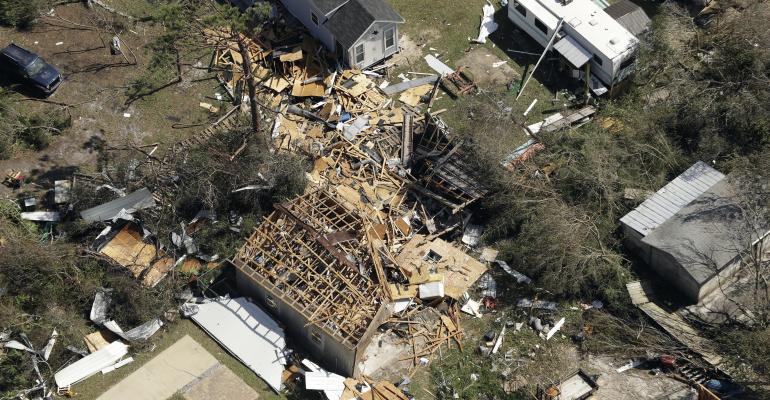After the U.S. was hit with multiple natural disasters in the past few years, from devastating hurricanes in Texas, Florida and North Carolina, to wildfires in Arizona and California that destroyed entire towns, USI Insurance Services, an insurance brokerage and consulting firm, issued a new report advising commercial property owners on steps they can take to ensure they get coverage and minimize insurance premiums in the year ahead.
The firm estimates that the number of property insurance claims resulting from natural catastrophes causing insurance losses of at least $25 million has gone up from 2.4 million in 2010, with claims totaling $14.3 billion, to 5.2 million in 2018, with claims totaling $101.9 billion.
Here are a few takeaways from the report:
- Property owners with assets located in areas at risk for hurricanes, floods and wildfires might experience an increase in insurance rates over the next year that will be in the low single digits.
- Insurance carriers are the most worried about multifamily properties of all sectors. In addition to natural disasters, multifamily property owners tend to face a lot of lawsuits, with subjects ranging from tenant discrimination to wrongful evictions. This is leading insurers to either avoid the asset class altogether or raise rates and deductibles to cover potential claims even if the property owner is considered low risk.
- While wildfires were not a high-priority concern for property insurers in the past, recent incidents in the Western U.S. are likely to lead to more underwriting scrutiny and rate and deductible increases for assets located in at-risk areas.
- With the increase in lawsuits related to tenant safety, insurers are taking a closer look at landlords’ safety and security procedures during the underwriting process.
- As a result of the potential insurance rate increases, property owners should start the policy renewal process early and look at multiple options.
- Also, establishing protocols to prevent the extent of the damages from potential catastrophes and creating workable post-loss mitigation strategies can be key to getting favorable treatment from insurers.





